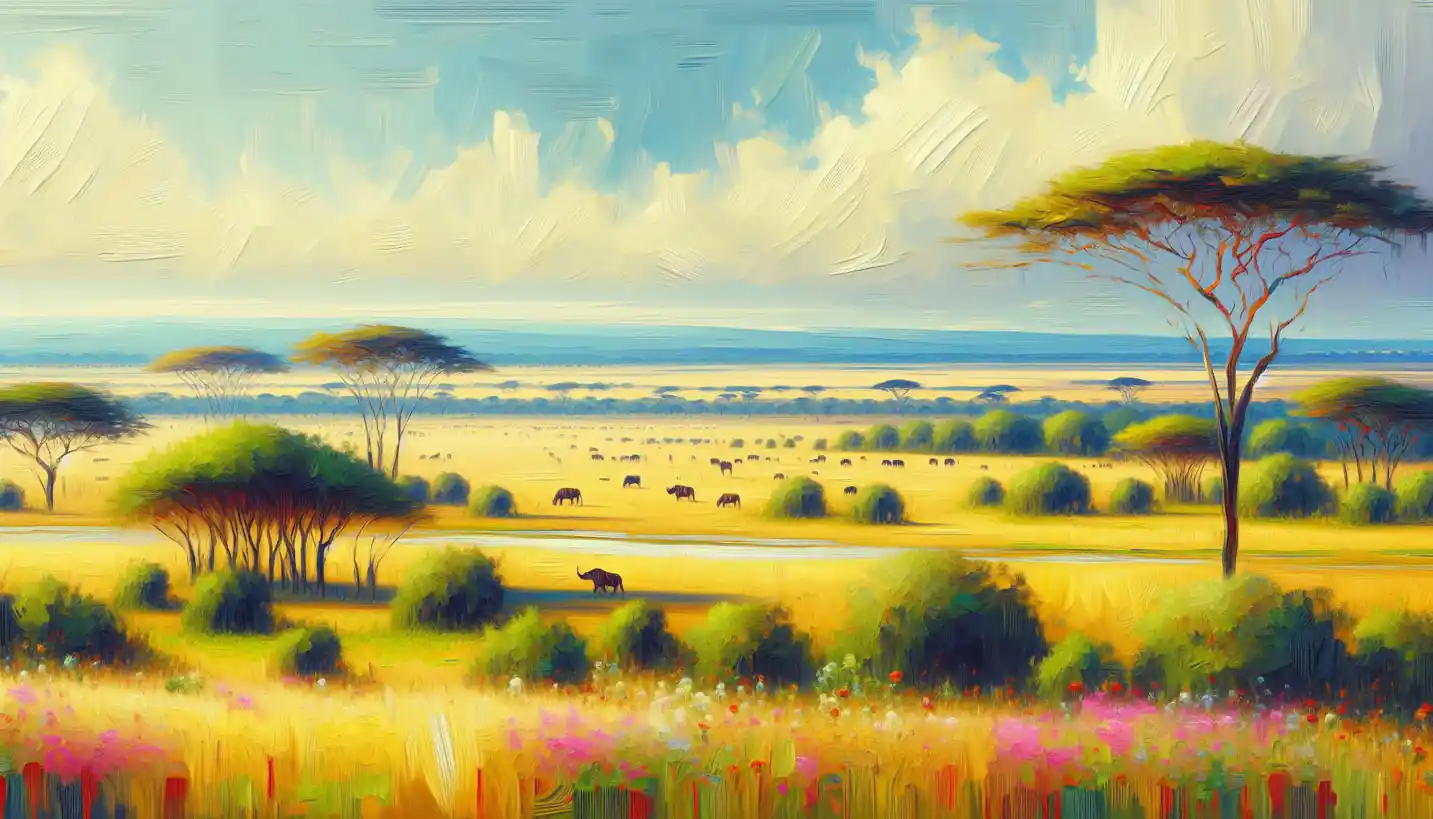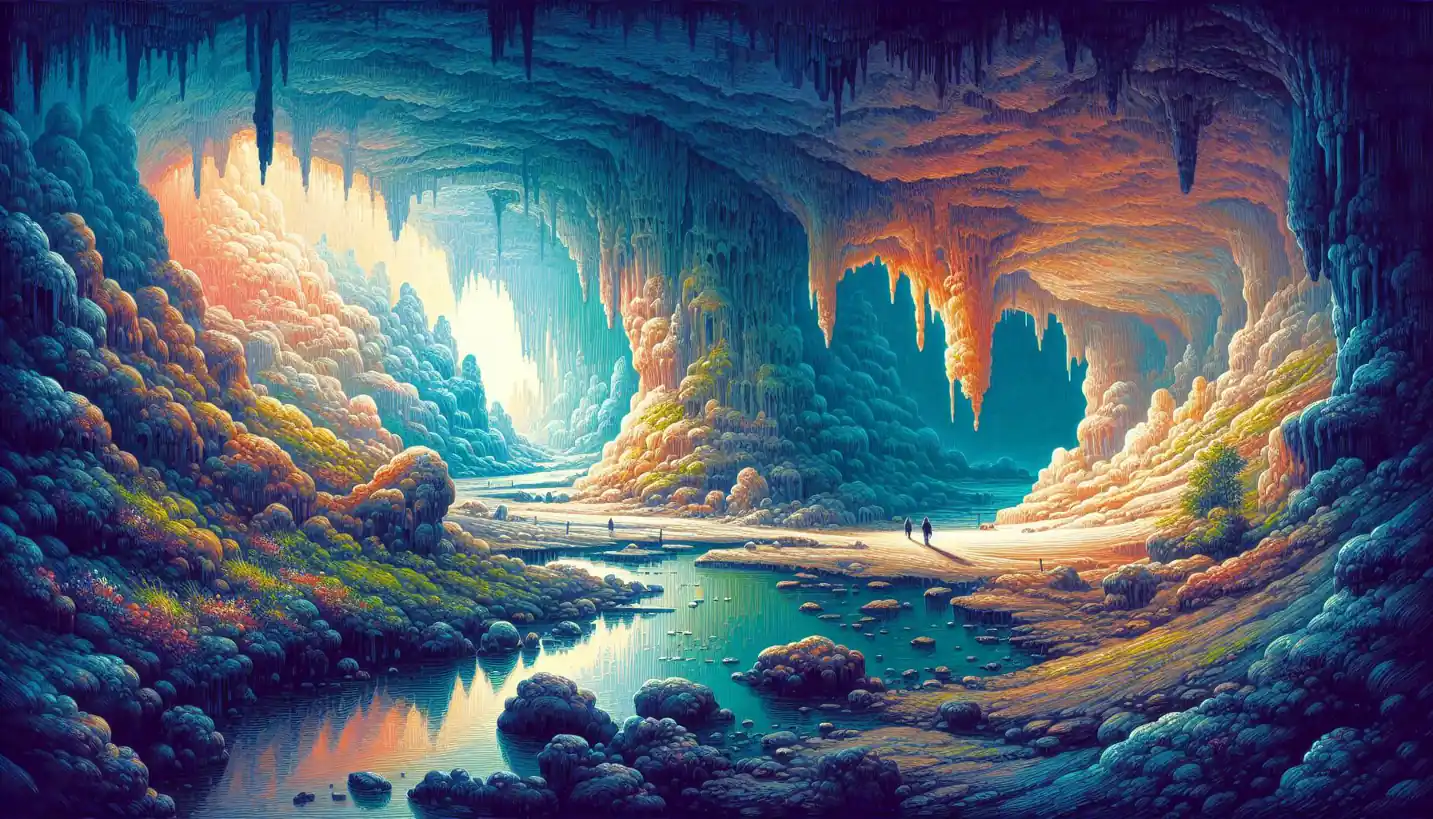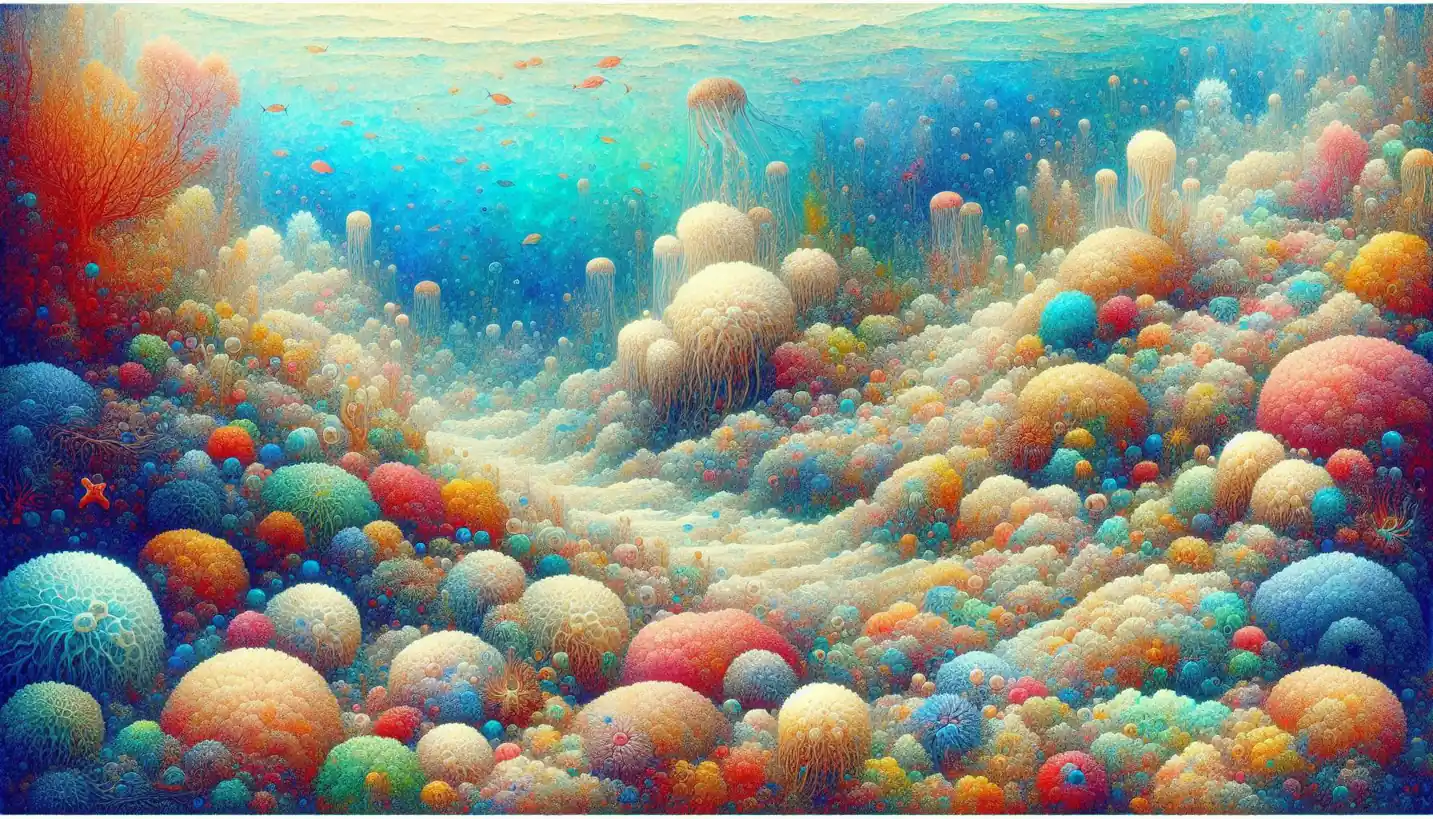· Earth Science · 4 min read
Continental Shelf: The Hidden Underwater Extensions
Continental shelves are the underwater fringes of our landmasses, teeming with marine life. Discover their significant impact on ocean ecosystems and coastal resources.

When we think about the ocean, we often imagine a vast, open expanse of water stretching across the horizon. But beneath the surface lies a complex underwater landscape. One of the most intriguing features of this seafloor world is the continental shelf. This hidden extension of our continents is not only fascinating but essential to a myriad of Earth processes.
Continental shelves are the submerged peripheries of continents. Imagine the land gently sloping down under the water before it plunges into the deep abyss of the ocean basin. That’s essentially what a continental shelf is—a gradual slope leading from the coastline to the deeper ocean floor.
The Structure of the Continental Shelf
The continental shelf is like a broad, shallow platform that stretches from the edge of a continent. It typically extends up to 200 meters (about 656 feet) deep, though the width can vary dramatically. Some places, like parts of Florida or Siberia, have shelves that stretch over hundreds of kilometers.
Beyond the shelf lies the continental slope, where the seabed sharply descends. Following the slope is the continental rise, a more gradual descent that eventually meets the ocean floor.
How They Formed
The formation of continental shelves traces back to various geological processes. Millions of years ago, as tectonic plates shifted and continents drifted, land masses were pushed together and apart. This tectonic activity, combined with changes in sea levels over millennia, helped shape the shelves we see today.
During ice ages, sea levels dropped, exposing parts of the shelf as dry land. When the ice melted, the water returned, submerging these lands once more. This cycle left behind rich deposits of sediments carried by rivers and glaciers, further building up the shelves.
Riches of the Continental Shelf
The continental shelves are bustling with life and resources. Warm, shallow waters are ideal for marine life, making them incredibly biodiverse. Coral reefs, fish, marine mammals—all find a home here. This vibrant ecosystem supports not only wildlife but also human livelihoods, as many fish and seafood that end up on our plates are harvested from these waters.
Shelves aren’t just rich in life. They’re treasure troves of resources like oil and natural gas. Many companies explore these shelves to tap into these resources, contributing significantly to our energy supply. However, this brings a balance that needs consideration between environmental stewardship and economic gain.
Continental Shelves and Climate
Continental shelves play a critical role in regulating the Earth’s climate. They’re involved in carbon cycling, where plankton and marine organisms absorb atmospheric carbon dioxide. When these organisms die, they settle on the ocean floor, sequestering carbon away from the atmosphere for long periods.
This carbon cycling is vital for maintaining our climate. Any disruption, whether through natural or human activities, can have far-reaching effects on the global climate.
Future Explorations and Discoveries
As technology advances, our understanding of continental shelves continues to grow. Scientists use tools like sonar mapping, remotely operated vehicles (ROVs), and satellite imagery to explore these underwater landscapes. These explorations help us discover new species, understand geological processes, and locate resources.
However, there’s still so much we don’t know. Future research may reveal more about how these shelves affect global systems, influence ocean currents, or even play a role in ancient climate changes.
Importance of Preserving the Shelves
The continental shelf is a delicate environment. Human activities like drilling, trawling, and pollution pose significant risks to these ecosystems. Overfishing not only depletes fish stocks but can also destabilize the ecological balance.
Preserving the continental shelves means enacting policies that reduce harmful impacts. By protecting these regions, we ensure a continued source of resources, maintain biodiversity, and help regulate climate.
A Window into Our Planet’s Past
Continental shelves are time capsules, holding clues about Earth’s history. Sediment layers can reveal past climates, ancient shorelines, and even the movements of species over millennia.
By studying these layers, scientists learn how our world has changed over time. This understanding is crucial as we face current challenges like climate change.
Conclusion: The Vast Underwater World of Continental Shelves
The continental shelf is more than just an underwater platform. It’s a critical piece of our planet’s geology and ecology, with a direct impact on climate, resources, and biodiversity. As we continue to explore these hidden expanses, we unlock stories of Earth’s past and insights for its future.
Engaging with the vast underwater world encourages curiosity and emphasizes the importance of responsible stewardship. Understanding our planet isn’t just the work of scientists; it’s a journey we all share as we seek to ensure a sustainable and vibrant future.


